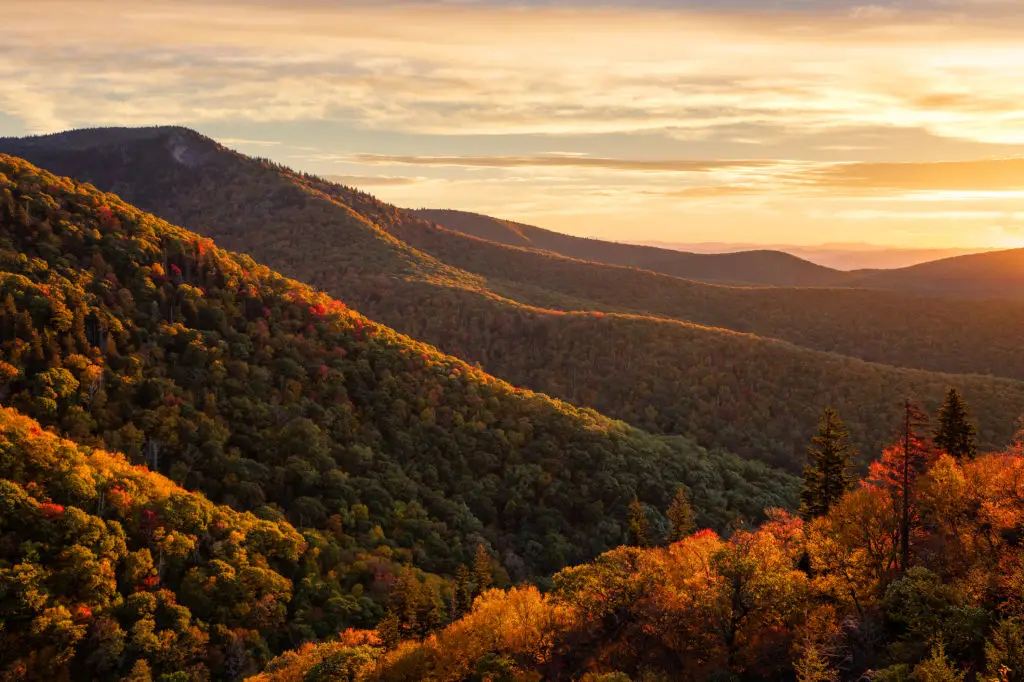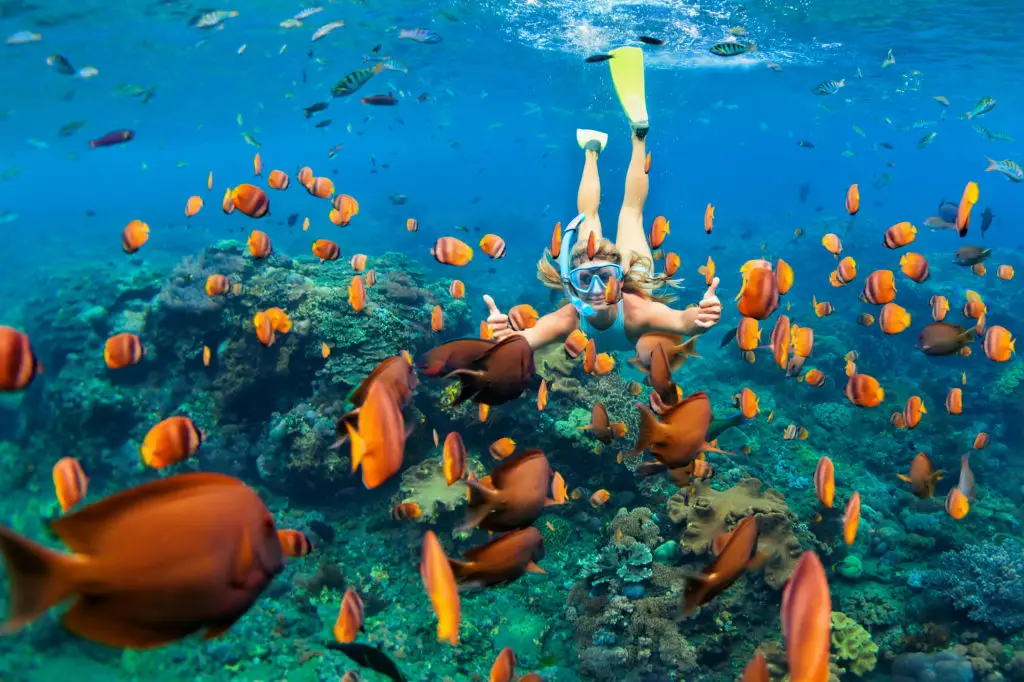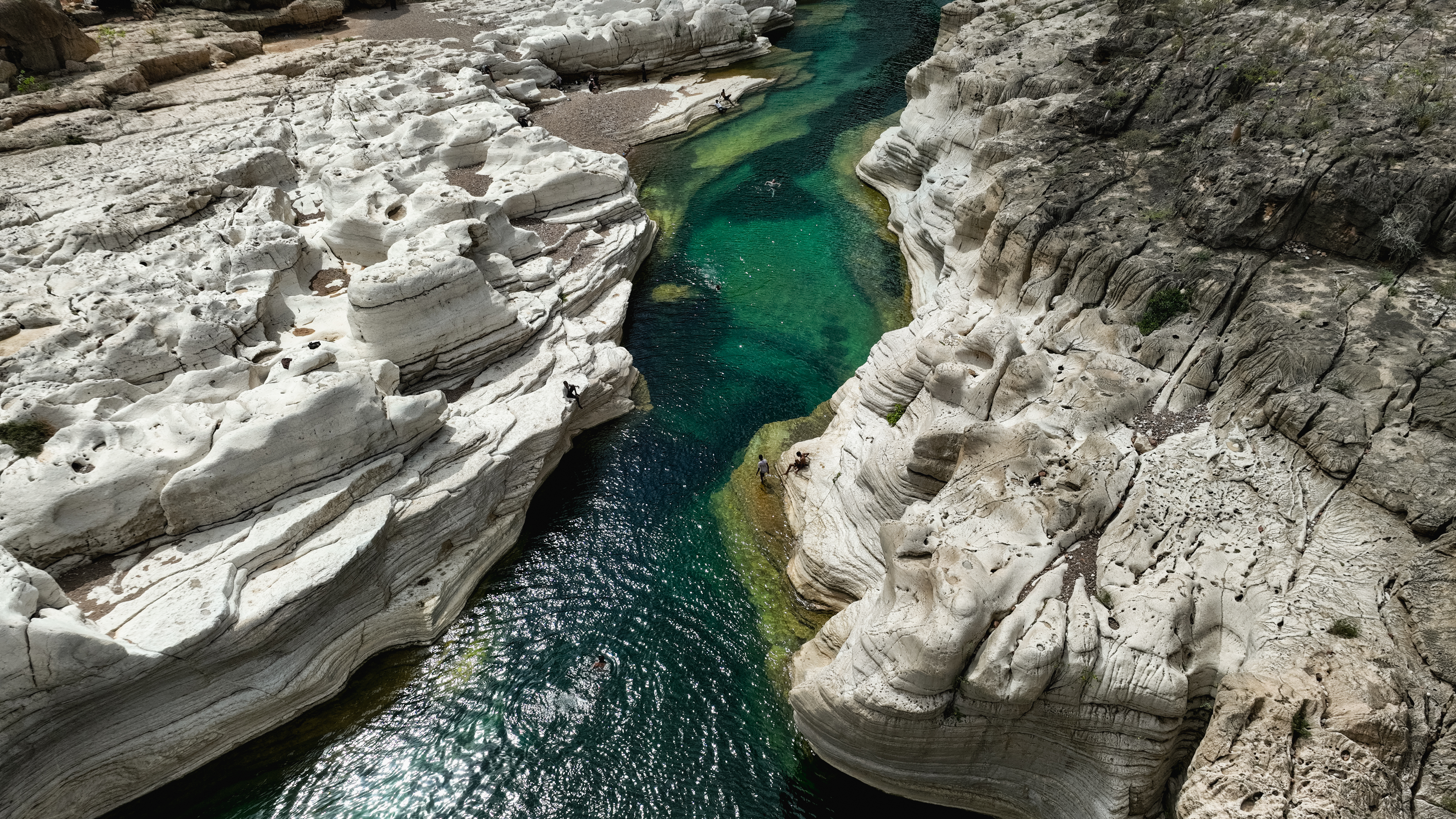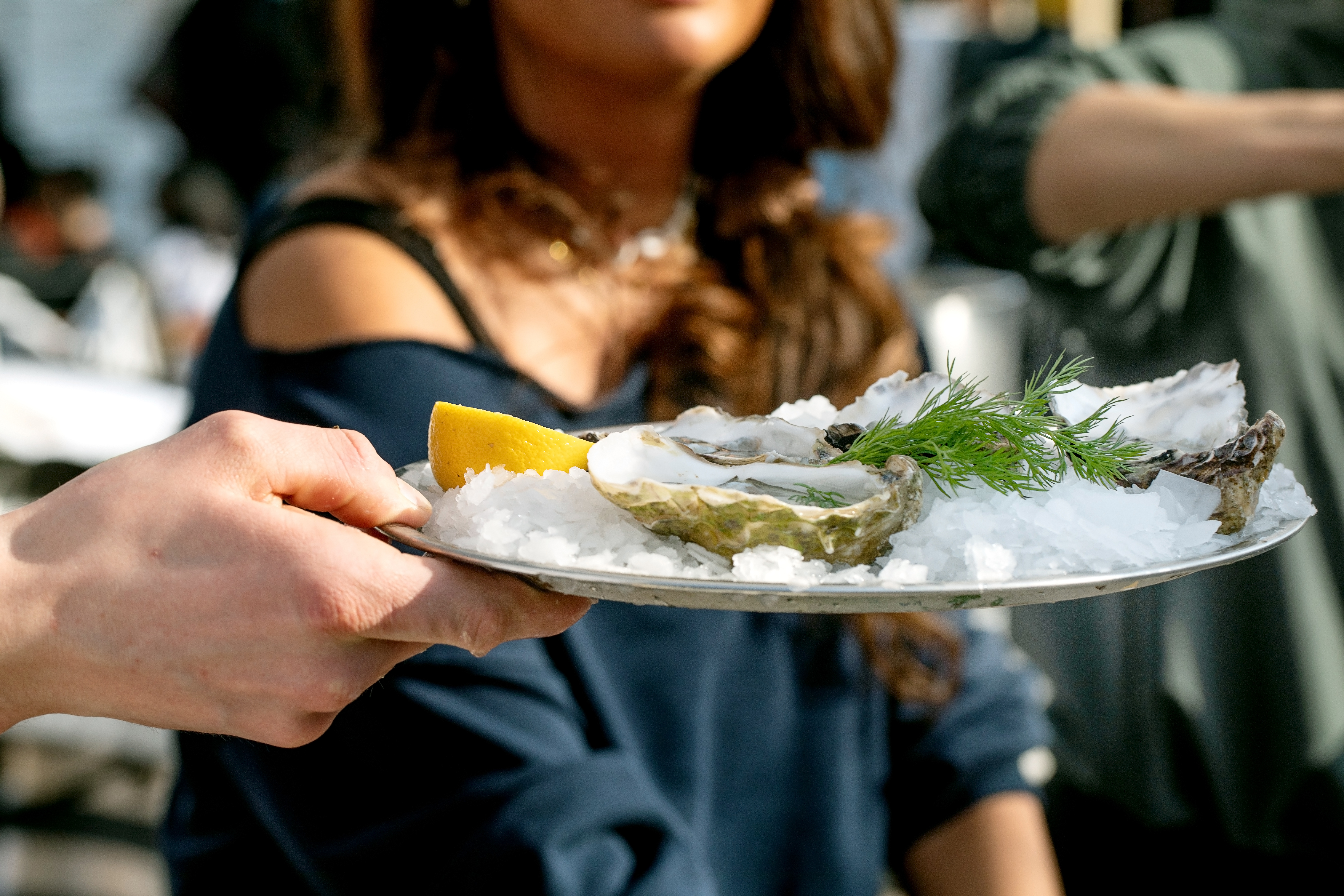13 Unique Caribbean Eco-Adventures for American Explorers
Ready to trade crowded beaches and cookie-cutter tours for wild escapes that nurture nature and spark real connection? In the Caribbean, a new wave of eco-adventures is drawing American explorers—travelers who crave extraordinary experiences and authentic encounters while giving back to island communities and their environments. More people are searching for sustainable travel than ever before, inspired by stories of coral gardens being replanted, sea turtles rescued from the brink, and farmers redesigning land to heal it for future generations. This list dives into thirteen standout eco-experiences—from turtle snorkeling in Barbados to caving in Puerto Rico and hands-on farm stays in Jamaica. You’ll paddle glowing bays, hike rainforest wonders, and even learn boatbuilding with Bahamian artisans. Each adventure is grounded in sustainability, with expert guides prioritizing low-impact practices and community-run lodges ensuring tourism’s benefits reach locals. For U.S. travelers, the Caribbean’s eco-adventures strike a sweet spot: direct flights from major hubs, a welcoming array of English-speaking guides, and a climate made for year-round discovery. Responsible operators make it easy to support protection efforts, whether you’re joining a coral restoration dive or booking a stay that funds rainforest reforestation. Whether you’re seeking wildlife, adventure, or deep cultural connection, these thirteen experiences open doors to unspoiled corners of the islands—all while treading lightly and leaving things better than you found them.
1. Snorkeling with Sea Turtles in Barbados
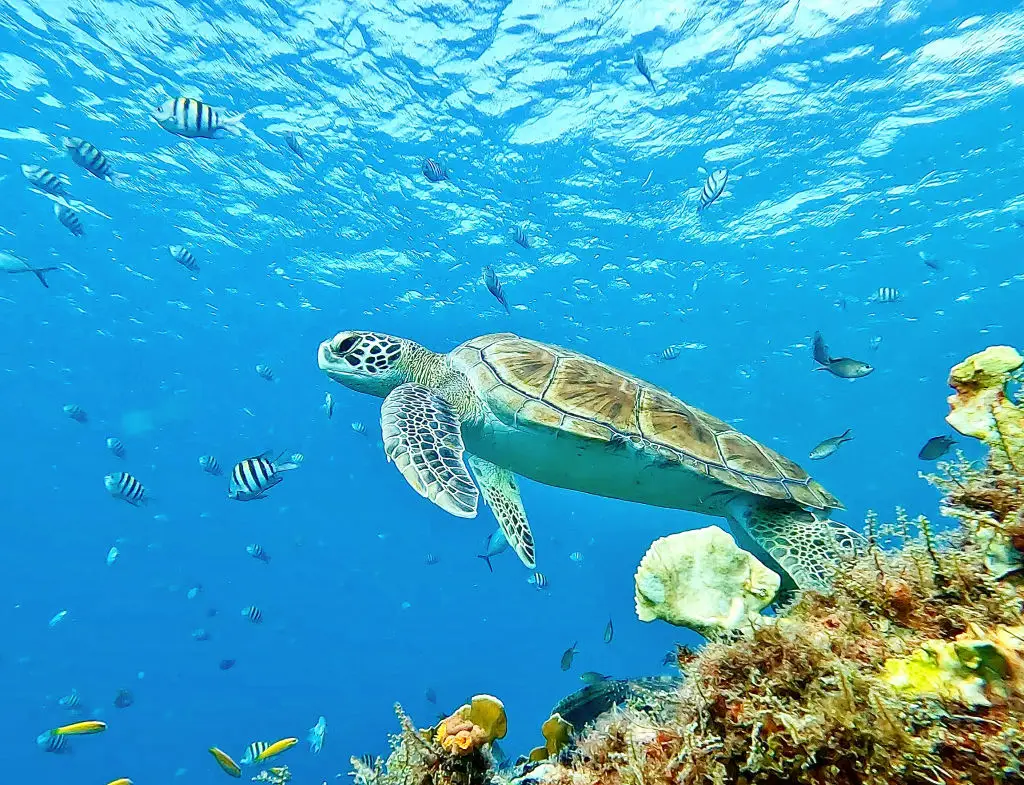
Barbados has emerged as one of the Caribbean’s premier destinations for sea turtle encounters, pairing crystal-clear waters with a strong commitment to marine conservation. Along the island’s southwest coast, visitors can join guided snorkeling tours led by operators partnered with the Barbados Sea Turtle Project. Certified guides ensure you safely observe majestic hawksbill and green turtles that flourish in these protected reefs. The conservation focus here stands out. All reputable tours follow strict regulations to minimize disturbances, typically limiting group size and maintaining a respectful distance to reduce stress on the animals. Many guides are trained in turtle rescue and public education, sharing insights about the species’ life cycles and the threats they face from climate change and plastic waste. Peak viewing season falls between June and September when turtles gather for nesting, although sightings happen year-round. For U.S. travelers, it’s a rewarding way to support local conservation—sometimes, a portion of your booking is donated straight to the research project. Remember to choose tours labeled “eco-certified” or recommended by the Barbados Sea Turtle Project for both the turtles’ and your experience’s well-being.
2. Bonaire Coral Restoration Dives
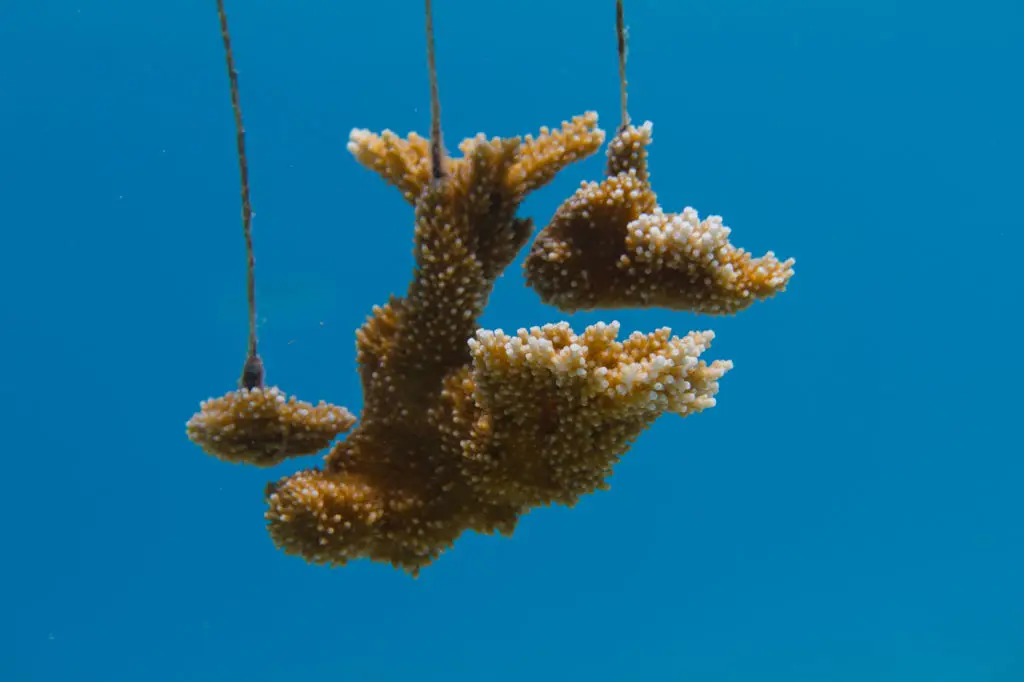
Bonaire stands at the forefront of Caribbean coral reef restoration, welcoming divers and snorkelers to be allies in rebuilding ocean life. The island’s Reef Renewal Foundation is a model for hands-on, science-based volunteer adventures. Through their programs, travelers can join workshops or guided dives that help plant nursery-raised corals directly onto local reefs. This isn’t just a quick swim—it’s a memorable chance to see reef ecology up close while directly assisting with conservation. Participants learn coral gardening basics, from cleaning nursery structures to monitoring outplanted corals’ health, often led by trained marine biologists. Bonaire’s gentle waters and excellent visibility make these dives accessible for certified beginners and seasoned divers alike. Eco-conscious certifications are standard, so you can trust that your experience supports biodiversity and local stewardship. For Americans interested in marine protection or eco-voluntourism, Bonaire’s program exemplifies how adventure travel can genuinely make a difference—and leave the underwater world a little brighter.
3. Kayaking Puerto Rico’s Bioluminescent Bays
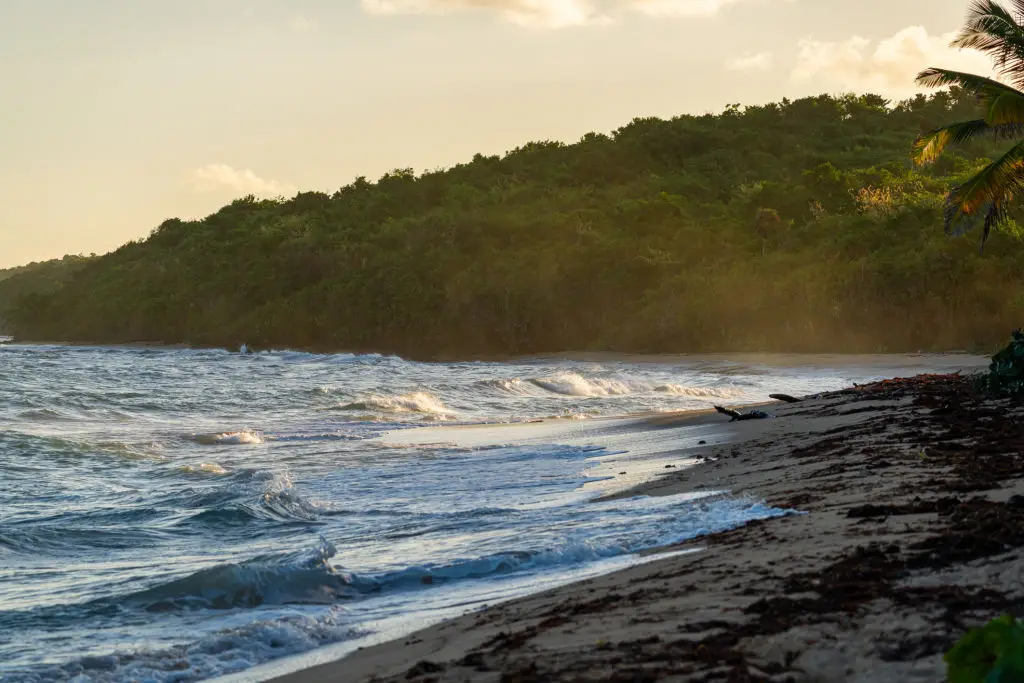
Few natural spectacles compare with paddling through waters that begin to glow with every stroke. Puerto Rico is home to several of the planet’s rare bioluminescent bays, where microscopic organisms called dinoflagellates light up in brilliant neon blue. Mosquito Bay on Vieques is widely considered the brightest in the world, while Laguna Grande in Fajardo offers easy access from San Juan. Responsible tour operators are essential, as these fragile ecosystems face pressure from overuse and pollution. Look for outfitters who hold eco-certifications, cap group sizes, and favor clear-bottom kayaks to minimize human impact. Most tours run after dark and plan excursions around the lunar calendar, since moonlight tempers the bioluminescent effect. Guides share the science behind the glow, plus tips for protecting this marvel for future generations. Advance bookings are highly recommended, especially during peak travel periods and new moon phases. For American adventurers, this is a once-in-a-lifetime experience that feels both magical and meaningful—just remember to avoid bug spray and sunscreen that can harm the bay’s sensitive life.
4. Hiking El Yunque National Forest, Puerto Rico
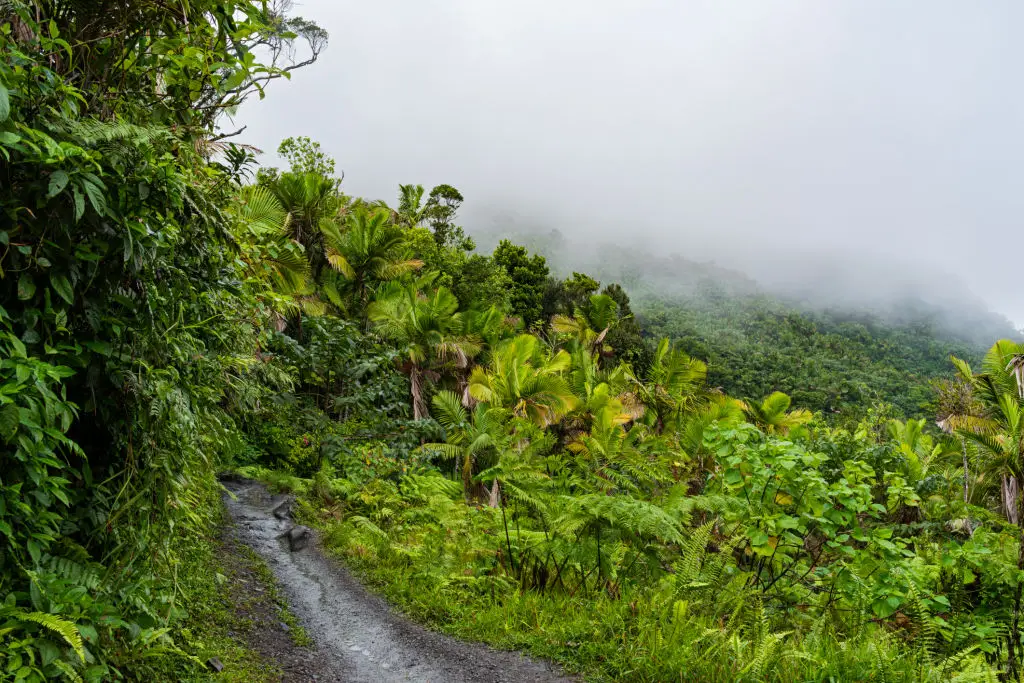
El Yunque, the only tropical rainforest in the U.S. National Forest system, offers lush beauty and biodiversity just a short drive from San Juan. Hikers can explore well-maintained trails that wind through misty mountains, cascading waterfalls, and dense canopy alive with birdsong. Trails like La Mina and Mount Britton are perennial favorites, each revealing unique vistas and endemic plants. This protected reserve is carefully managed by forest rangers and eco-tour guides who champion “leave no trace” principles. Interpretive tours introduce visitors to local tree frogs, parrots, and rare orchids while educating about reforestation and storm recovery efforts. Many trails are suitable for moderate fitness levels, with clear signage and easy-to-follow routes. Permits aren’t required for day use, but parking is limited—plan ahead, especially on weekends. For U.S. explorers, El Yunque offers an accessible yet awe-inspiring wilderness escape, with every hike supporting ongoing conservation and the livelihoods of local guides.
5. Caving in Rio Camuy Cave Park, Puerto Rico
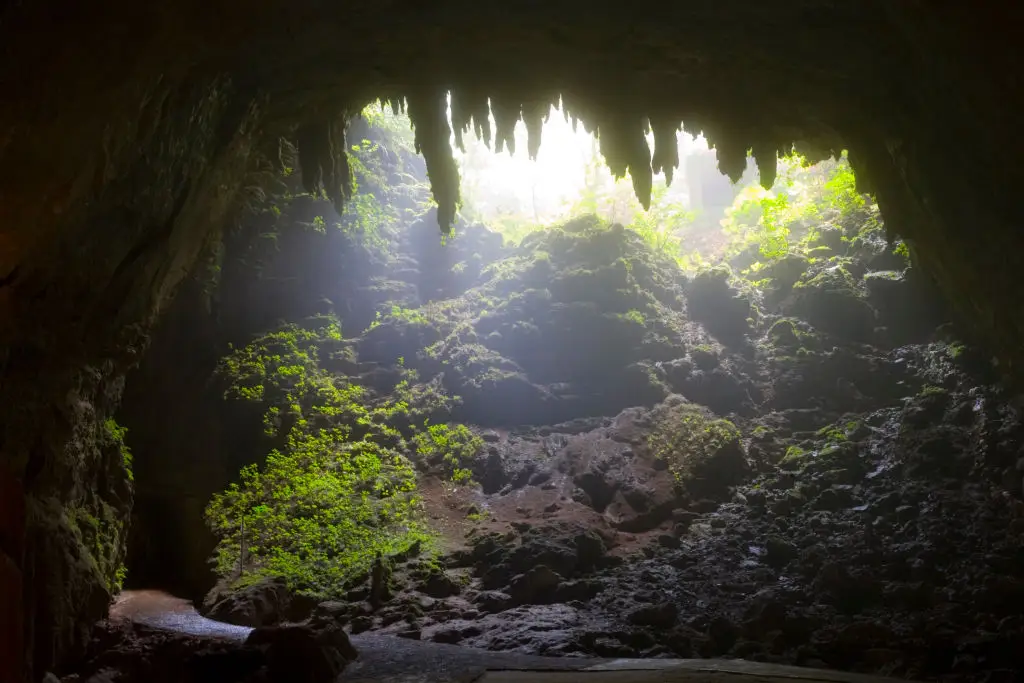
Puerto Rico’s Rio Camuy Cave Park invites adventure seekers to journey through a subterranean world sculpted over millions of years. As one of the world’s largest cave systems accessible to the public, the park reveals dramatic chambers, sinkholes, and a living river flowing beneath limestone cliffs. Guided tours offer safe pathways for both beginners and experienced spelunkers. The park partners with local conservationists to balance exploration with preservation. Rangers focus on teaching about the delicate cave ecosystem, including unique bats and insects found nowhere else. Responsible caving means not straying off marked trails and respecting access closures during the wet season. Booking ahead is wise, as visitor numbers are controlled to protect sensitive formations. U.S. travelers appreciate that tours are conducted in English and tailored to reveal geological marvels—making each descent a blend of responsible tourism and sheer natural spectacle.
6. Stingray Sandbar with Eco Guides, Grand Cayman
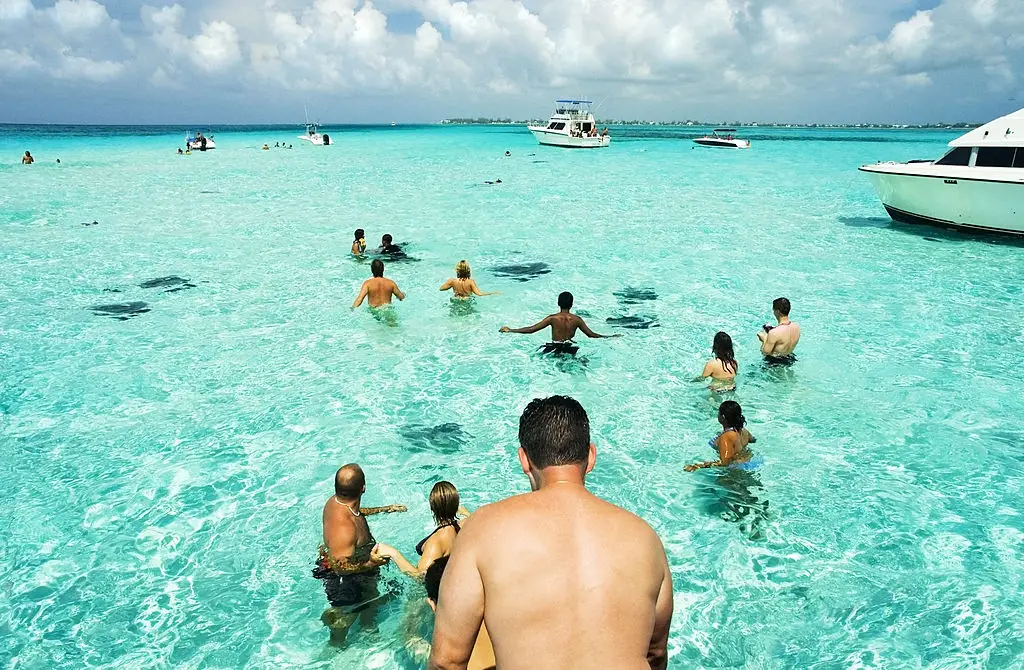
Grand Cayman’s Stingray City sandbar is legendary for close-up encounters with gentle southern stingrays. Today’s responsible experiences prioritize animal welfare, with eco-certified guides leading small groups onto the shallow, crystalline flats. These experts teach respectful interaction—encouraging visitors to observe rather than handle and minimizing time spent in sensitive areas. Education is at the heart of these tours. Guides share fascinating details about stingray biology, conservation, and how tourism supports local protection programs. Most reputable operators have adopted best practices set by the Cayman Department of Environment. Choosing a certified small group not only ensures the stingrays’ safety but also creates a calmer, more personal connection for guests. For U.S. adventurers, the mix of ease, education, and ethical encounters makes this Grand Cayman icon a highlight for wildlife lovers.
7. Eco-Glamping in Dominica’s Rainforests
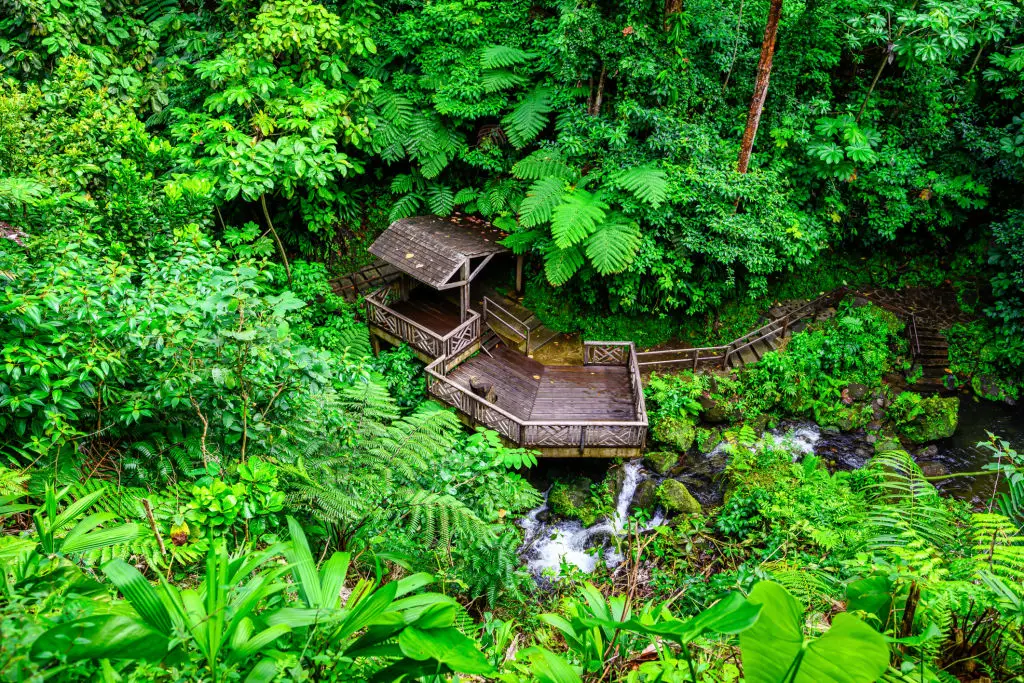
Dominica, famed as “the Nature Island,” champions a new style of adventure lodging—eco-glamping under rainforest canopies or beside shimmering mountain rivers. Innovative lodges such as Secret Bay or Jungle Bay blend open-air design with locally sourced materials and renewable energy, offering comfort with a light ecological footprint. Guests wake to tropical birdsong and the scent of flowering ginger, with guided trekking, canyoning, and wild river swims all close at hand. Owners often work directly with nearby communities, hiring local guides and sourcing food from surrounding farms. Many lodges are Green Globe or similarly certified, showcasing the island’s commitment to low-impact tourism. For Americans eager to disconnect without sacrificing comfort, eco-glamping in Dominica delivers immersive adventure and relaxation, all while knowing your stay supports island reforestation and rural livelihoods.
8. Birdwatching at Asa Wright Nature Centre, Trinidad
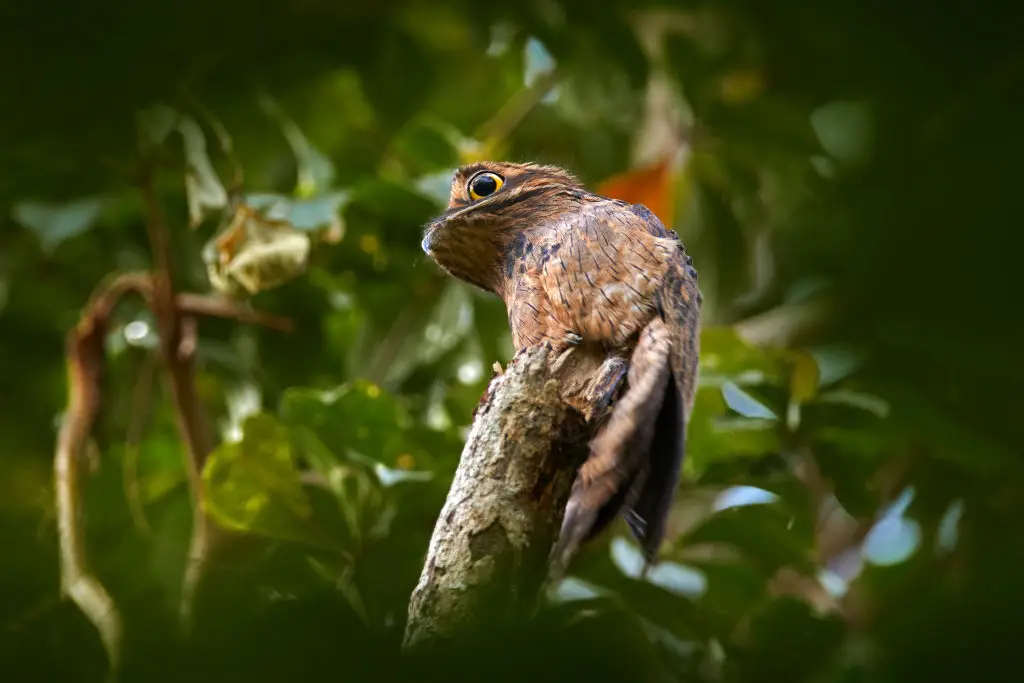
Trinidad’s Asa Wright Nature Centre is a paradise for birdwatchers and anyone curious about rainforest life. This former cocoa-and-coffee estate turned research outpost is renowned for its network of trails and welcoming veranda overlooking a natural stage for hundreds of tropical birds. Iconic species like the tufted coquette hummingbird and channel-billed toucan regularly make appearances. Local naturalist guides offer half-day or full-day tours, skillfully spotting everything from rare oilbirds to brilliant tanagers and sharing stories of the centre’s pioneering conservation mission. Overnight guests help fund research projects and native forest restoration. The centre’s low-impact approach and deep connection to the surrounding landscape serve both wildlife and visitors well. For traveling Americans, Asa Wright offers both approachable half-day excursions and immersive multi-night stays, always with the assurance that your adventure plays a part in safeguarding one of the Caribbean’s most vibrant wild havens.
9. Waitukubuli National Trail Trek, Dominica
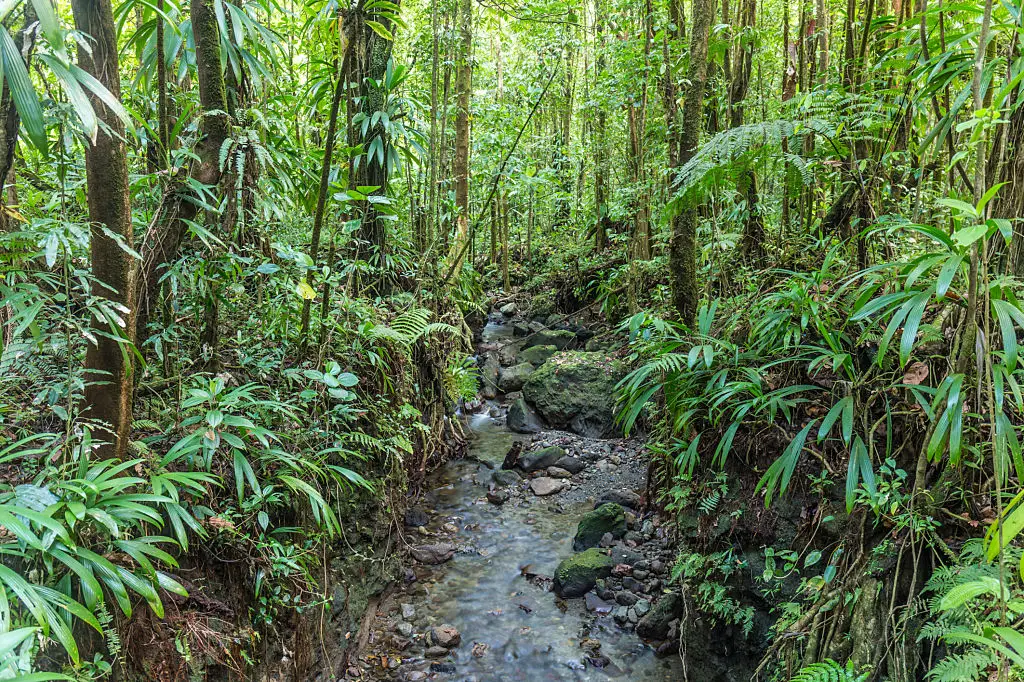
The Waitukubuli National Trail winds for nearly 115 miles across Dominica, linking tiny villages, volcanic peaks, and waterfalls in a journey through wild biodiversity. Divided into fourteen manageable segments, the trail suits long-distance trekkers and those just wanting a day hike. Eco-adventure stands front and center: visitors can overnight in community-run guesthouses, sample homegrown island fare, and meet guides proud to share stories of local heritage and conservation. Signature stretches such as Segment 5 (featuring Middleham Falls) or Segment 10 (through remote Morne Trois Pitons National Park) invite both challenge and deep nature immersion. For U.S. travelers, the trail’s English-language signage, well-mapped segments, and friendly infrastructure make it surprisingly accessible. Trekking Waitukubuli supports village economies and amplifies Dominica’s role as a Caribbean sustainability leader.
10. Community-Run Farm Stays, Jamaica
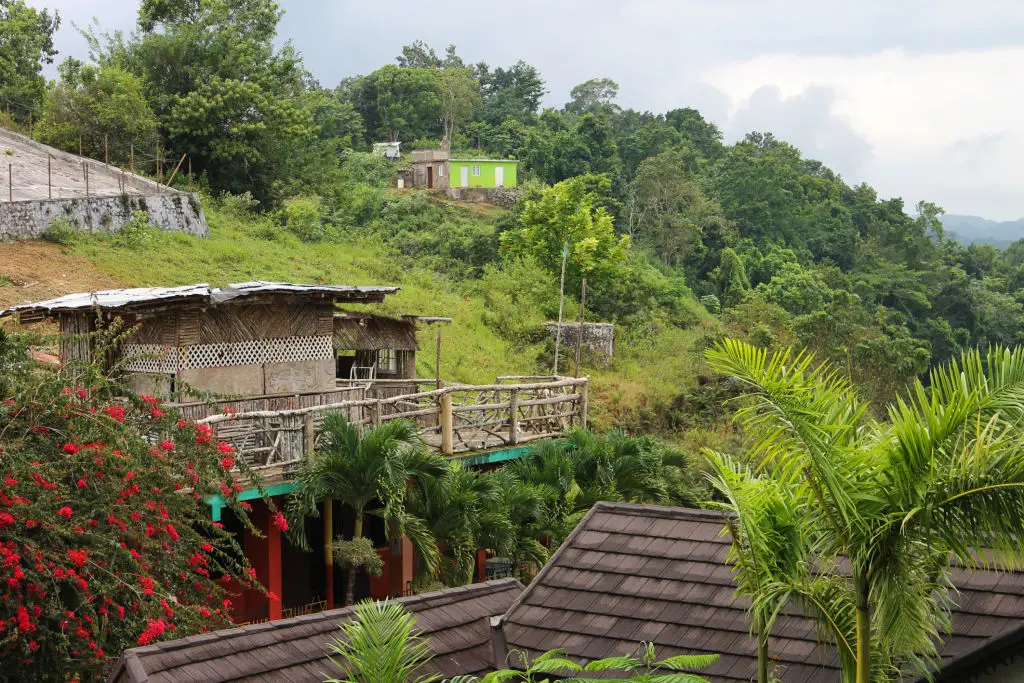
Jamaica’s growing network of community-based farm stays introduces travelers to rural life and local flavors away from the big resorts. Programs such as Bunkers Hill Cultural Xperience or Rasta Indigenous Village immerse guests in organic farming, traditional crafts, and regenerative land care. Hosts share cultural customs and sustainable agriculture insights, from rastafarian vegetable gardens to the fine art of harvesting coffee. Many farm stays operate as social enterprises, with guest fees directly funding school projects or forest preservation. It’s a chance to connect with Jamaica’s countryside and people on a personal level. Americans seeking authentic, eco-friendly travel love the welcoming pace, home-cooked meals, and the knowledge that every night’s stay supports rural communities and a greener island future.
11. Cocoa Farm and Reforestation Tour, Grenada
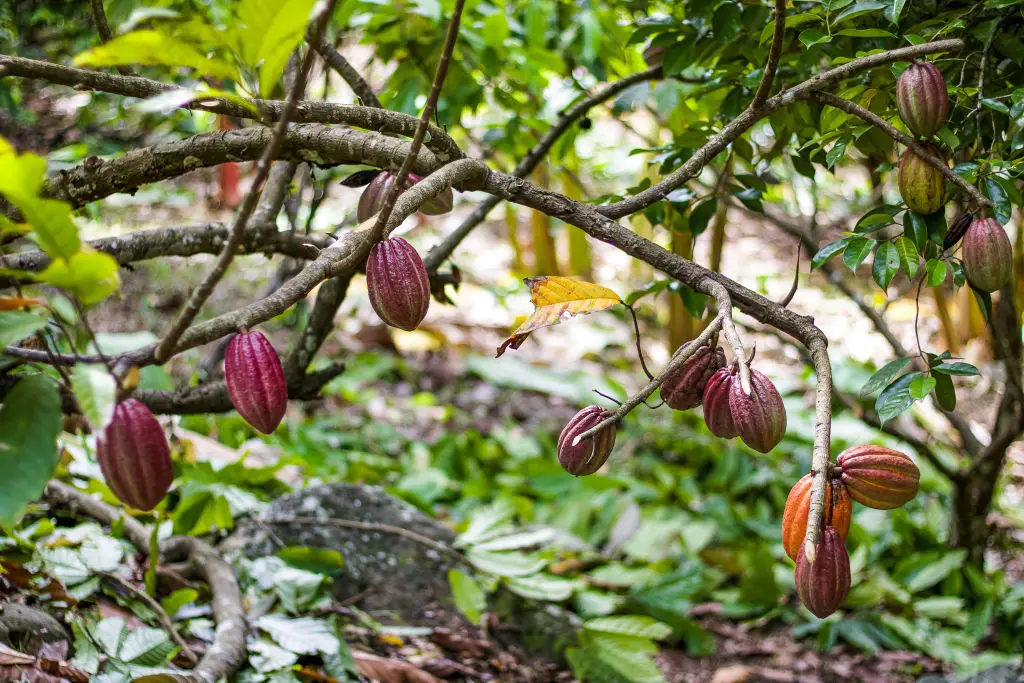
On the fertile slopes of Grenada, cocoa farming and environmental restoration go hand in hand. Guided tours at places like Belmont Estate reveal the journey from bean to chocolate, with an emphasis on soil health, agroforestry, and forest-friendly production. Many farms operate organic or regenerative systems, replanting native trees and creating wildlife corridors. Travelers might join tree-planting projects or sample chocolate made on-site, gaining a fresh appreciation for the delicate balance between farming and conservation. Tour fees directly support local education and reforestation programs. For Americans hoping for more than just a sweet souvenir, cocoa tours in Grenada offer hands-on eco-adventure that enriches the palate and the planet—a deliciously sustainable way to explore.
12. Dolphin Watching with Researchers, Dominica
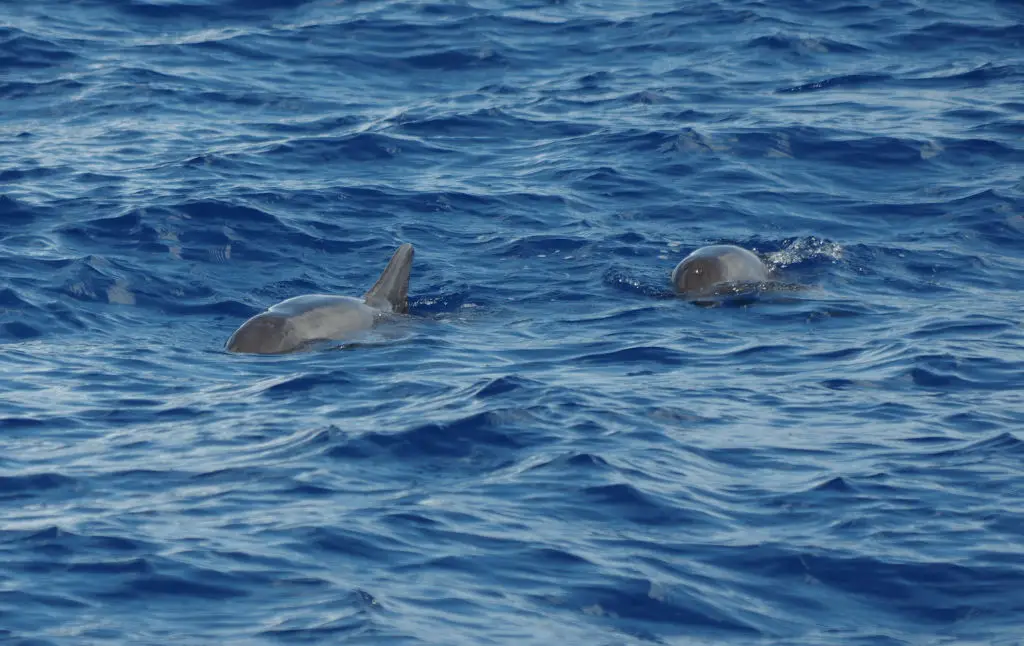
Dominica’s dramatic ocean shelves and deep offshore canyons make it a top hotspot for dolphin and whale encounters in the Caribbean. Ethical operators, often led by marine scientists or conservation groups, guide small groups on voyages focused on observation and education. Here, you won’t see staged tricks—just wild dolphins living as nature intended. Researchers share data-collection methods and the importance of marine sanctuaries as you scan the sea for playful pods or even the occasional sperm whale. Strict codes of conduct prioritize wildlife welfare and reduce stress, with operators often contributing a portion of profits to ongoing research. For U.S. adventurers, it’s a rare chance to help protect ocean mammals while experiencing the thrill of the open sea, knowing your tour supports the science behind marine conservation.
13. Artisan-Led Boatbuilding in the Bahamas
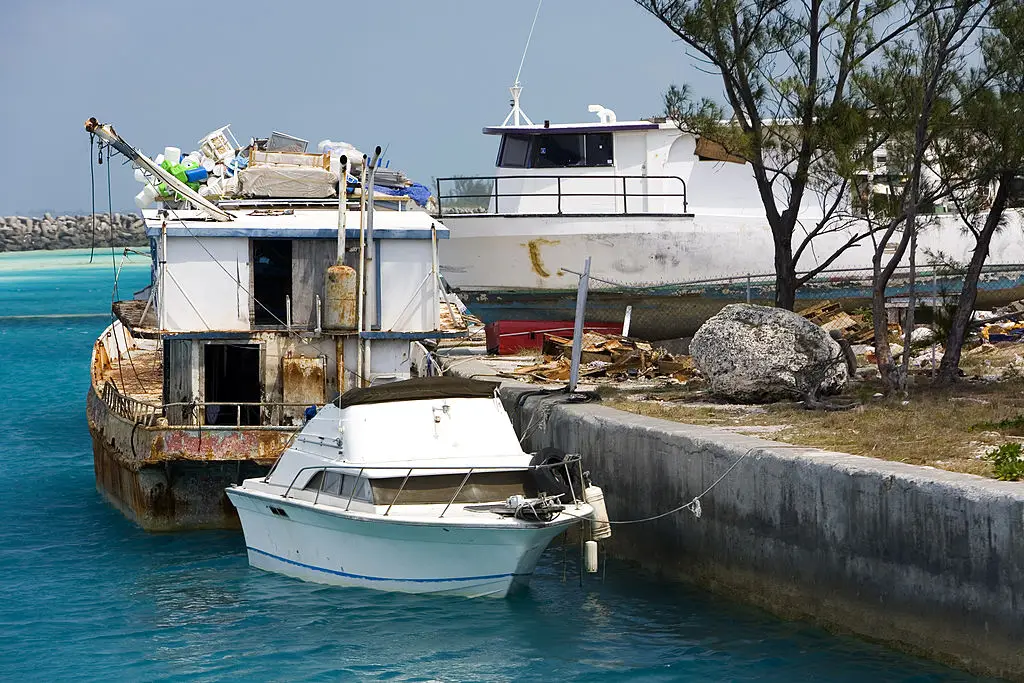
Tucked away in the Bahamas’ Out Islands, a centuries-old craft endures—traditional wooden boatbuilding, guided by local artisans who pass down knowledge through generations. Travelers can join workshops or attend demonstrations where sustainability is more than a buzzword: wood is sourced responsibly, and skills foster both cultural pride and economic resilience. Opportunities range from a single afternoon learning to shape pine planks to multi-day intensives where you help bring a vessel to life. These hands-on experiences are often organized by cooperative groups, with proceeds supporting local youth apprenticeships and heritage preservation. For American explorers, engaging with Bahamian boatbuilders offers rare insight into island life, crafts, and environmental stewardship—making it a highlight for those who value stories as much as souvenirs.
Each of these thirteen eco-adventures showcases how the Caribbean is redefining travel for Americans who want meaning, connection, and real environmental impact. When you snorkel beside the sea turtles of Barbados or trek Dominica’s legendary trail, you’re not just witnessing natural marvels—you’re actively supporting the communities and ecosystems that make the islands extraordinary. The key to unforgettable and responsible adventure is to seek out operators with genuine sustainability credentials and a commitment to giving back—whether through certified eco-guides, community-run guesthouses, or tours funding coral regeneration. Whenever possible, travel in the low season and join small groups to minimize impact and maximize immersion. Pack curiosity and an open mind. The Caribbean’s wildest experiences are waiting to be discovered by travelers willing to embrace the unexpected and help preserve paradise for generations to come.

